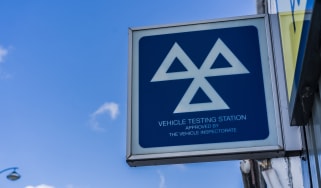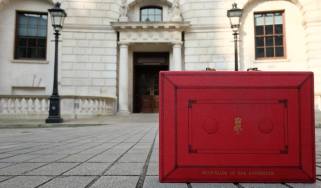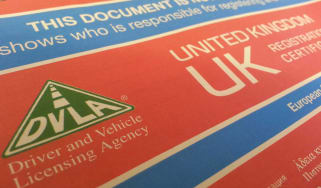Single yellow line: what this road marking means for UK drivers
What does a single yellow line mean, and can you park on one?

Single yellow lines are seen all over Britain’s roads and are painted next to the kerb along the edges of the tarmac. They indicate parking restrictions, but aren’t as clear-cut as a double yellow line, which is unambiguously used to show where you must not park your car.
In short, a single yellow line means that there are parking restrictions that will be displayed on a nearby sign. When you see a single yellow line, look for the signs at the roadside that display the parking restrictions. These are usually displayed in the form of hours when you are not allowed to park on the line.
There might also be signs that display when you are allowed to park. Differences in local authorities mean that there can sometimes be quite a few different restrictions, such as different times allowed on weekdays and weekends, but this should all be displayed on the small yellow signs next to the road.
If you have a Blue Badge then you can usually park on any single or double yellow line for up to three hours, but restrictions apply for safety in some places. It goes without saying that you must display the Blue Badge to do so, otherwise you’ll receive a fine.
Sometimes you’ll see single yellow lines that don’t have a nearby sign. This is either a slip-up by the local authority or you are in an area with parking restrictions displayed elsewhere. You might have missed the sign when you entered the area, so check around to see what the restrictions are before you park.
Frequently Asked Questions
The simple answer to this is that it depends. Check the local signage to see when you can park on single yellows; it may be that case that weekends are free but weekdays are not, or perhaps the restriction is based on the time of day. There will be differences across councils and even street-to-street across the country.
Want the latest car news in your inbox? Sign up to the free Auto Express email newsletter...
Find a car with the experts







